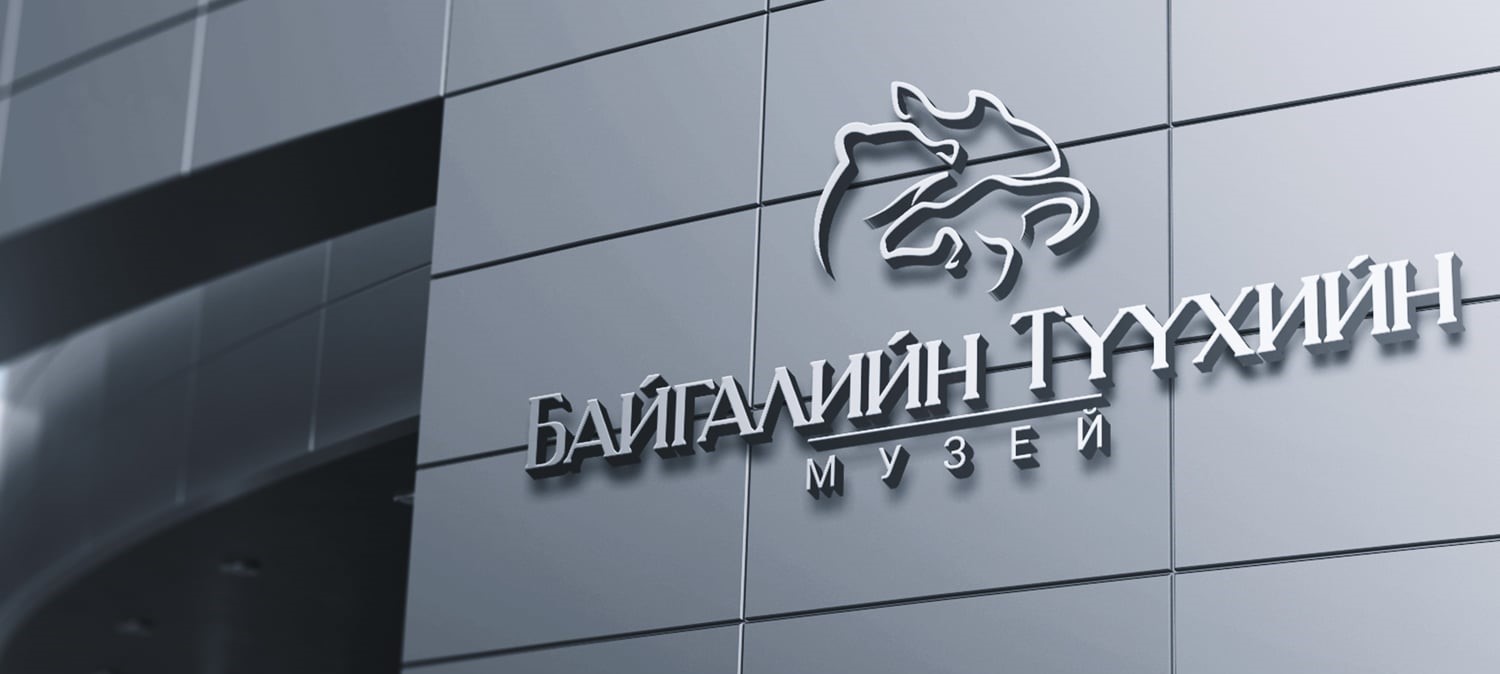

About construction The modern museum in Mongolia was established in 1924, and in 1956, it got its own building and started operating as the State Central Museum. The State Central Museum has been making extensive collections and arrangements in the field of cultural heritage and nature, and in order to develop the museum in various fields based on the global trends, in 1991, the State Central Museum was divided into several fields and the museums of various fields began to develop. At this time, a decision was made to diversify and develop the nature department of the State Central Museum, and the Natural History Museum was established. 1991 was the beginning of the country's social transition, so financial difficulties were the main problem in the cultural sector. In this situation, the administration of the museum mobilized all its possibilities and served the public in more than 40 halls in the fields of physical geography, geology, minerals, paleontology, birds, plants, insects, amphibians, mammals, and human origins for more than 10 years. The museum team will enrich its collection, analyze it, improve the preservation and protection of exhibits, update registration information, make scientific descriptions for each exhibit, advance research work to a new level, strengthen its material base, provide specialists with modern equipment, and staff. His mission was to empower them, retrain them, and continue their training, especially to develop foreign relations. In this way, it is believed that the museum will be strengthened in all aspects and a comfortable environment will be created for the audience, and the goal of becoming a child-friendly organization will be realized. The Museum of Natural History is the largest specialized center for education, training, and promotion that provides comprehensive cognitive information and knowledge on the unique features and patterns of Mongolia's nature, as well as its widespread biological diversity. Since its establishment, the museum has intensified field research and has been enriched with 400-600 exhibits every year, and now the museum has more than 12,000 exhibits. The treasure house contains rare paleontological finds, meteorites, mineral samples, biodiversity stuffed animals, and valuable man-made natural heritage exhibits that are unique in the world. Among them, there are many unique and valuable exhibits that cannot be valued with money. The museum, which was put into operation in 1956, was no longer able to serve the public due to the end of its service life. According to Government Resolution No. 281 dated July 3, 2019, the museum merged with the Central Dinosaur Museum, which operates in the field of paleontology, and the scale of operations has increased and the operations are now running normally.The Government of Mongolia has decided to build a modern natural history museum that fully meets the standard requirements of museums in Asia. The construction work has started on 6.6 hectares of land in the mouth of Great Sky, with an area of 39,000 m2. With the implementation of this project, it is clear that Mongolia will turn a new page in the history of museums and start a new stage of museum development.









